Ecological References: A Q&A with Jonas Spring
Text by Nadja Pausch, OALA
BIO/ Nadja Pausch, OALA, CSLA, is a Ground Editorial Board member and current Editorial Board Chair. Nadja works as a landscape architect at a multidisciplinary design office in Toronto.
Jonas Spring is the owner and operator of Ecoman, a residential landscaping and gardening practice in Toronto and President of the Landscape Ontario Toronto Chapter. He holds a certificate in landscape design from Ryerson University and a Bachelor of Science in Agroecology from the University of British Columbia. He is passionate about working with natural systems and ecological references to put spaces to their highest use. We sat down to discuss patterns in nature and how Jonas incorporates ecological references into his work.

NP: Can you introduce the concept of ecological references?
JS: The basic idea is every landscape or project we take on has similar site dynamics to established ecosystems. We can use those ecosystems as ‘references’ to inform our design work.
Conservationists do this work with degraded sites. There may be remnant populations of previous plant communities on the site, and they collect seed from those remnant areas and rehabilitate the larger area. The reference is the site in conservation biology.
But in our case, the reference is never the site, because we live in a city. And the city, is a novel ecosystem. There are plants which have naturalized to this place, but they’ve done so in a matter of a hundred years.
We look at patterns from ecosystems surrounding Toronto and connect those to the sites we’re designing based on their dynamics. The most obvious parallel is cliffs—that buildings mimic their conditions. Then, we research cliff ecosystems and produce a list of plants that would thrive on balconies, roof terraces, green roofs, and walls. “Buildings are cliffs” was the centerpiece of the ecological reference concept.
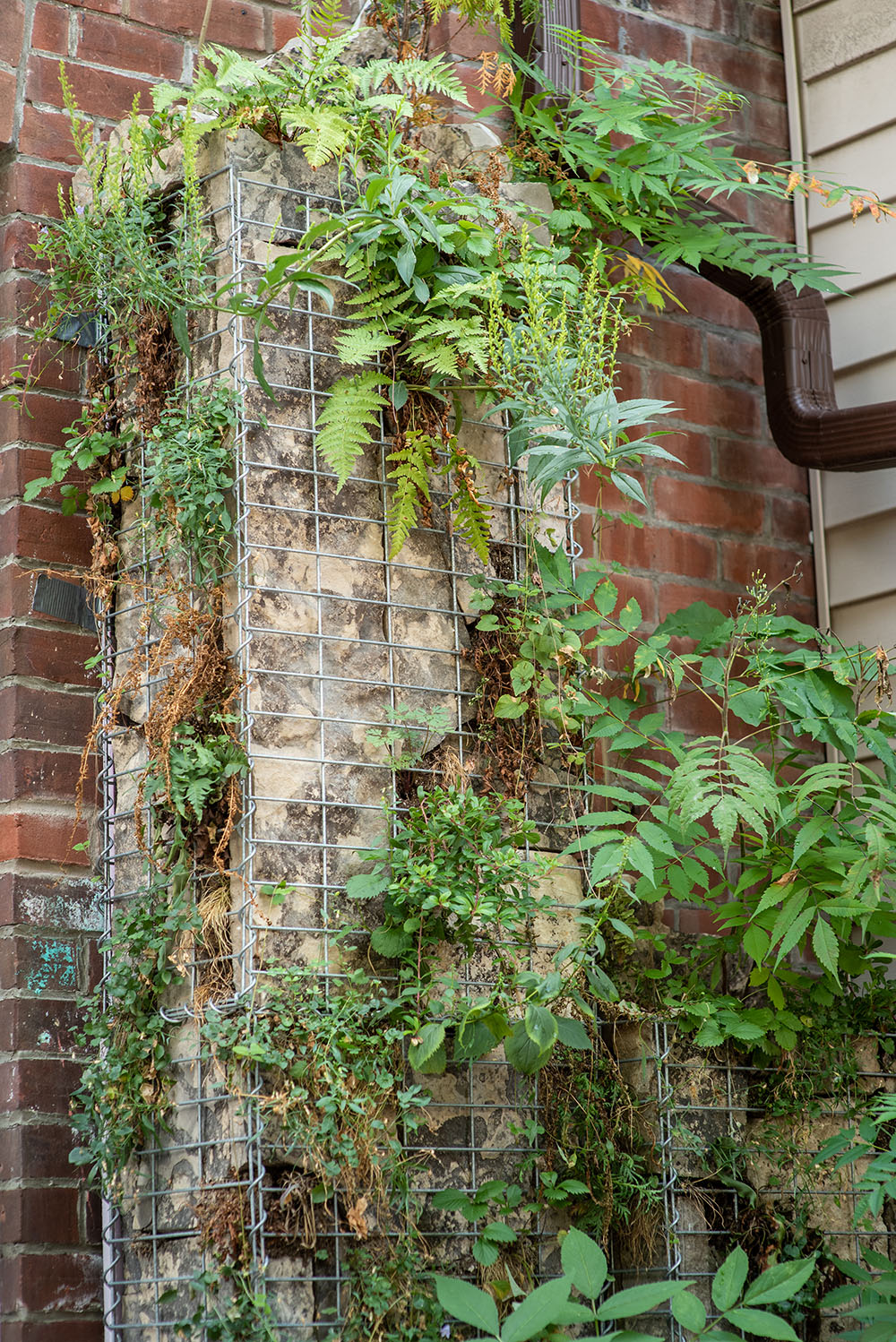
NP: Ecological Land Classification (ELC) relates directly to this concept.
JS: Initially, I wasn’t working with ELCs at all. However, in the process of hosting the first “Reference” ecology seminar, we wanted to add rigour to the process and provide designers with a practical tool. We created a matrix based on moisture and soil type and narrowed down roughly 40 ELCs which are most relevant.
During a site inventory you consider the soil and the aspect of the site and can subsequently utilize this matrix to provide an ELC that has reference to your site. The nice thing about ELCs is you’re able to have a preliminary plant list quite readily. It’s adding another tool to the landscape architect’s toolbox, particularly for professionals who don’t have an extensive knowledge of plant material.
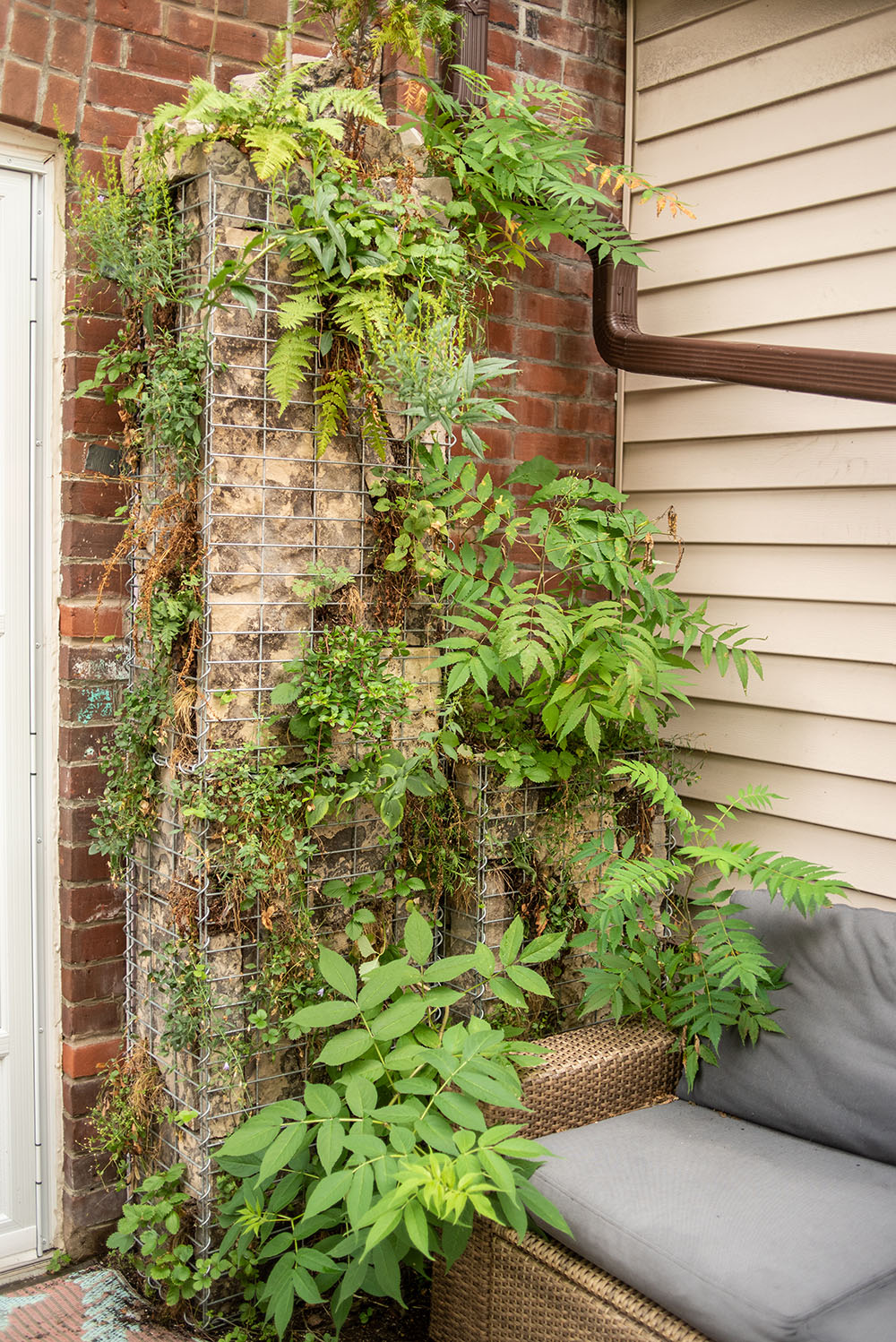
NP: And once you have a list with half a dozen species, you can research what commonly exists in the same ecosystems or conditions.
JS: Exactly. It’s a starting point.
NP: Do you find it important to focus solely on local, native analogues, or do you think global, non-native analogues are also important?
JS: There’s been a large, cantankerous, unhelpful debate about native versus non-native plants. The concept of ecological references is powerful because it sidesteps the debate completely. You convince the client first about the reference and then have justification for all sorts of local plants.
Furthermore, we haven’t even begun to tap into the usefulness and diversity of local plants. I’m not against cosmopolitan plants, but I want to explore the plants we haven’t yet taken advantage of. For me, it’s about using plants already geared to this environment. Then, we can bring in other things to fill a hole, or which are just aesthetically beautiful. I just think we haven’t done the work of identifying all the fantastic species, locally. There are so many interesting plants, and we can also support local business like nurseries in the process.
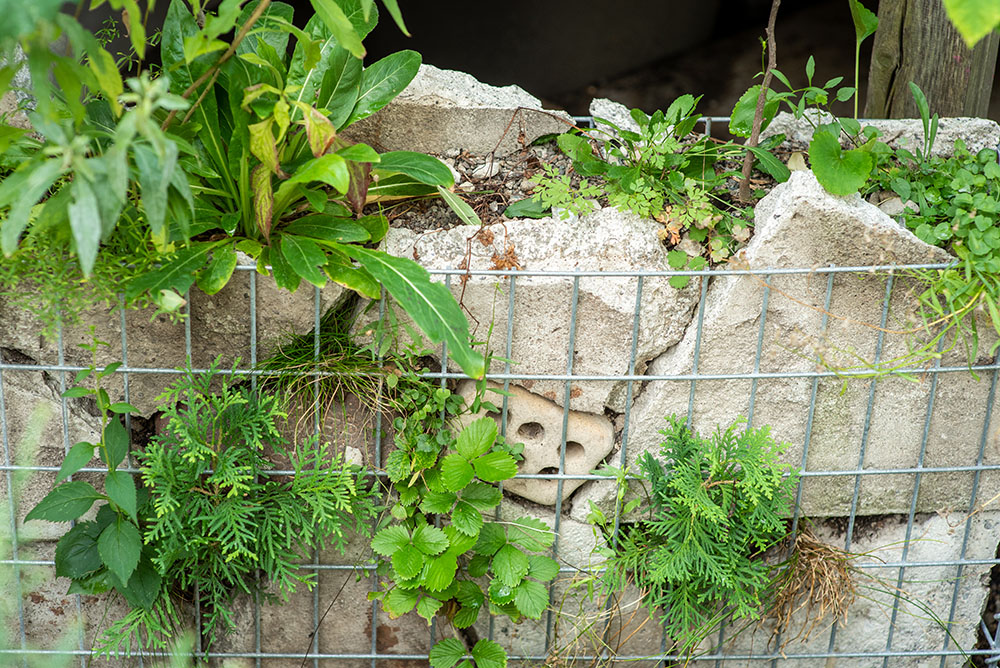
NP: In translating these ideas into practice, how do you gain client buy-in? Specifically, for references which are outside our cultural acceptance of either productive or aesthetic landscape typologies?
JS: The reference is exceptionally accessible as an idea, and many times that’s all I need to gain buy-in. One day I decided to lead with the reference and see what happened. I showed the client two pictures: one of a natural ecosystem and one of their garden. And I said, ‘these are the same thing.’ They understood immediately. It’s so visual.
It works well because it isn’t about plant choices, specifically, but an overall approach.
It’s also about moving the needle. If a client is at a one out of 10 in terms of where their thinking is, rather than push them to a nine, we try to get them to a three. Otherwise, they would walk away. However, leading with the reference has been beneficial. Initially, it was a tool in my design process, but it’s grown to be useful in business development and even employee retention.
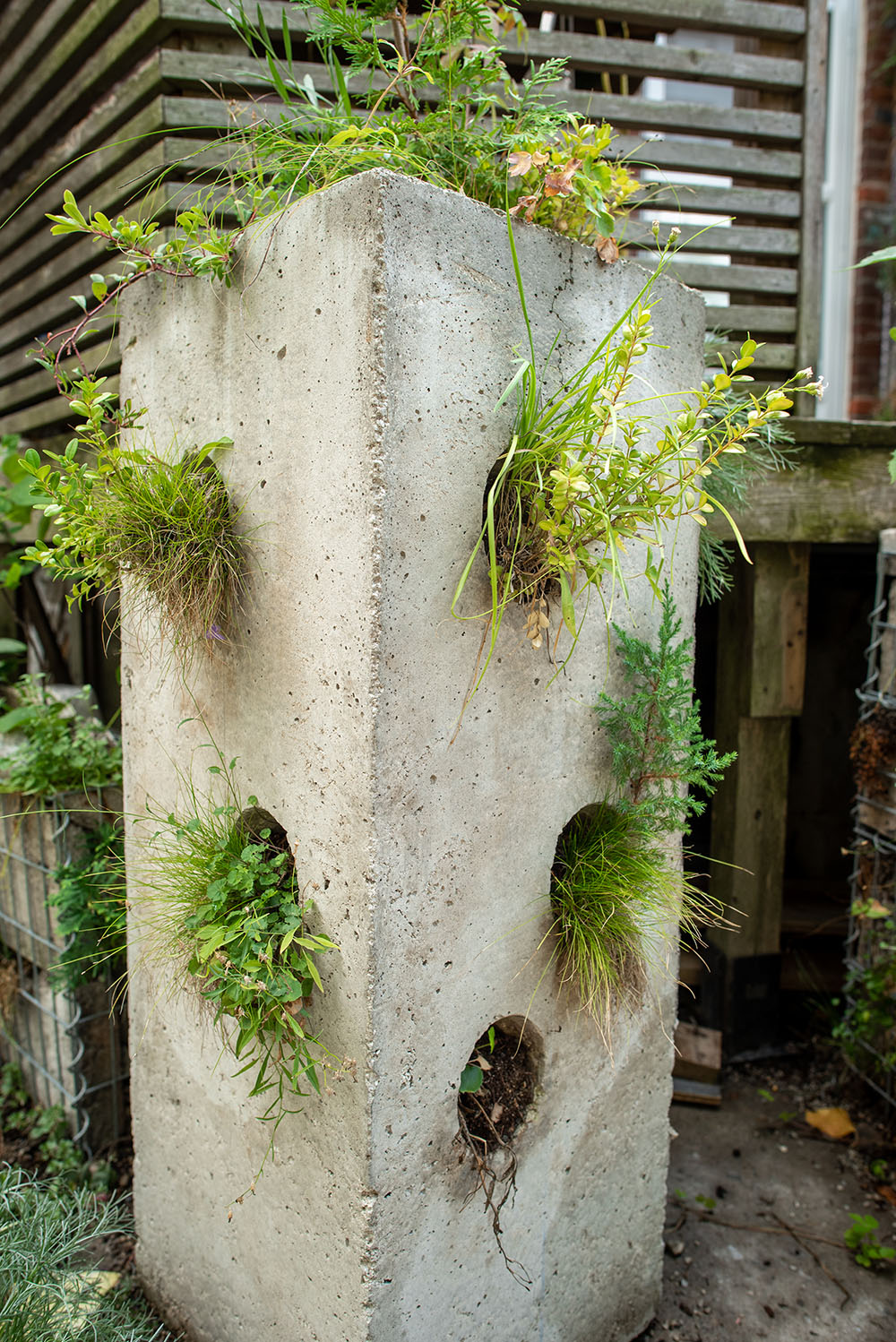
NP: Do you consider the advocacy you do, and the implementation of these ideas, ecological or environmental activism? Or do you approach this concept purely from a functional standpoint?
JS: I am trying to change the conversation. The next big conversation I want to facilitate is about softscape versus hardscape: plants as infrastructure. We need to infiltrate hardscape—meaning we need to find a way for plants to be a part of walls, steps, and paving. In my mind, the new paradigm is that hardscape is softscape. I want to work with the material we have, and use plants that thrive in gravelly soil left over from construction. It is activism, but maybe in a way that’s in opposition to more traditional environmentalism.
NP: Let’s explore this idea of hardscape versus softscape, and blurring those lines. How do you envision it manifesting in our designs?
JS: I think the low-hanging fruit is water management. It’s 2020 and most buildings are still concerned with keeping the heat in and the rain out. There’s little regard for the water that falls, the wind that blows by, and the sun that beats down for free. All these resources, these wonderful opportunities to interact with the environment, are missed. Green roofs are a great example of a refutation of this, but not everyone has one.
What we can also do is take water off the building and create staged water, then continue to use it throughout the landscape, strategically. Then, the plants become a critical component of the infrastructure integrated with the building system. And similarly, the building becomes a productive part of the landscape.
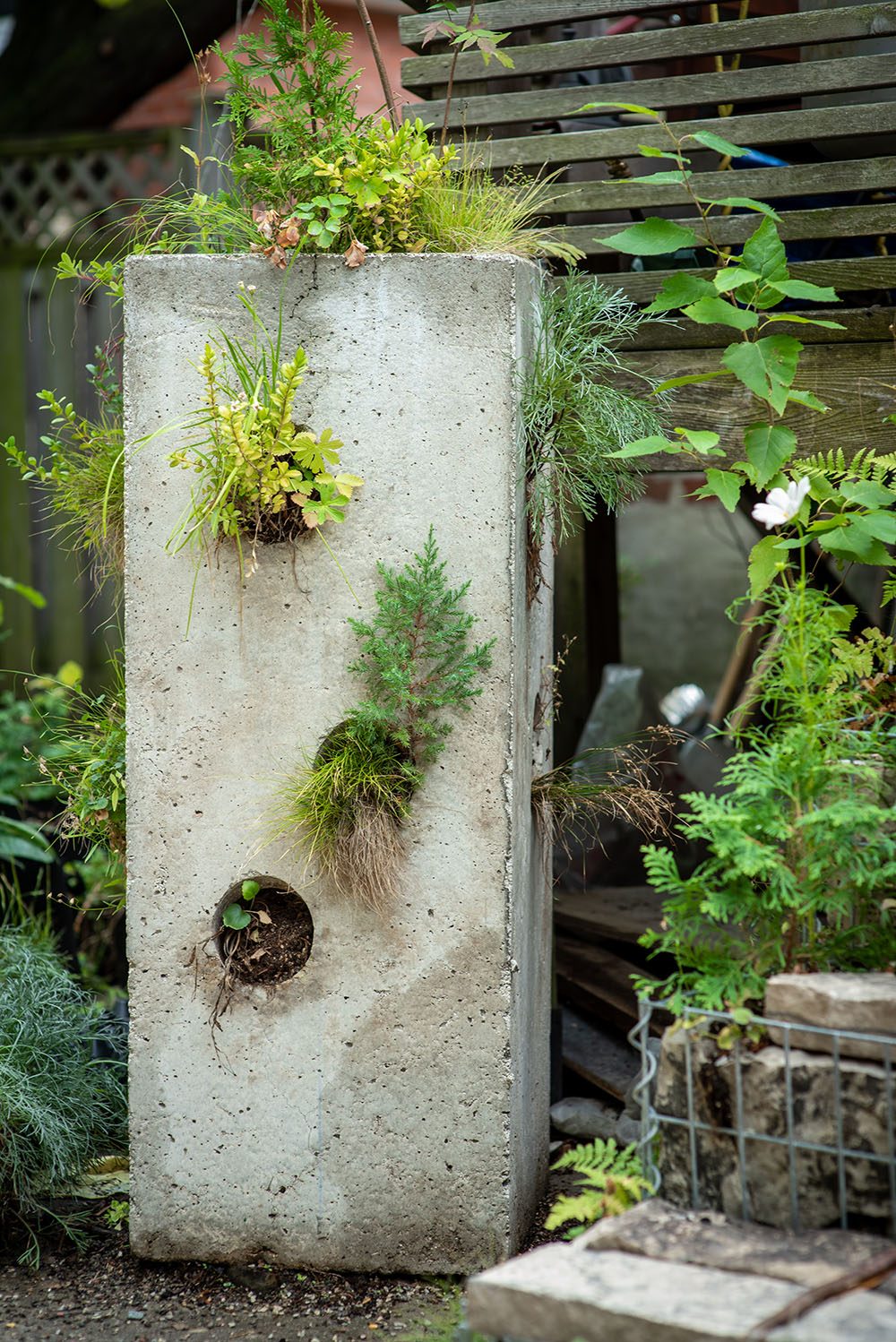
NP: A fascinating ecological reference from this year’s Reference Symposium was the ‘post-glacial’ analogue. Have you experimented with this landscape typology?
JS: Peter Del Tredici—a very polarizing character—described suburban development as post-glacial; he wrote it offhandedly, as an insult. The topsoil is scraped away, everything becomes compacted through construction, and after the townhouses are built, a thin layer of topsoil is added back. It’s really compacted and hard for plants to grow.
My question was: what would a post-glacial plant community look like? Let’s play with this idea. I found a researcher, Sarah Finkelstein, who studies archeological plant communities. She spoke at the symposium and provided a plant list for us.
I’m working on a site now where the house was renovated, and the front yard is a prime example of a post-glacial analogue. They had bins on it, machines on it. So we’re using species which have been shown historically to move into post-glacial landscapes.
NP: Most of these analogues go through a process of succession. How do we mimic the patterns of succession as professionals who almost always implement our designs in a singular construction event?
JS: Great question. Unfortunately, we’ve moved away from management, toward maintenance in our profession. Sustainability, if it means anything, means a continued relationship with the land. Monitoring and management need to be re-integrated into our process. We simply cannot go on designing, implementing, and leaving.
There’s great intellectual interest to be found in the management phase; it’s where the ecology is. Ultimately, astute designers will realize this intimate, practical knowledge is what will set them apart from the rest.
The system is broken, in that it’s not financially viable to include management in all our design proposals. Maybe design firms will absorb maintenance companies, or the design-build model will gain popularity. I believe the separation of design and build was a mistake, and we should be looking to re-integrate those sides of the same coin. And that will lead to hiring people with more education, who can be paid a living wage, who are going to manage the landscape in more meaningful and thoughtful ways. There are so many opportunities to create a new profession. But, really, it’s an old profession.
